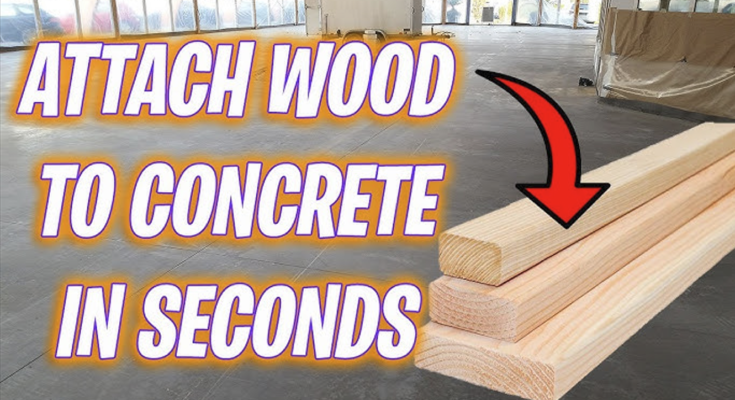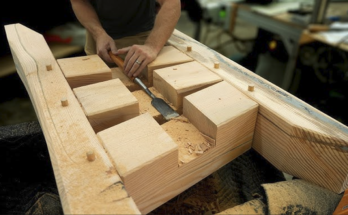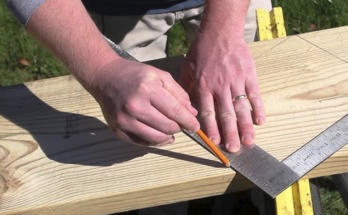Attaching wood to a foundation is an essential step in framing walls, building decks, or securing sill plates. A strong and secure connection ensures stability and prevents structural issues over time. Whether you’re working with concrete, cinder blocks, or stone, there are several methods to attach wood securely to a foundation, depending on the application and material.
1. Using Anchor Bolts (Best for Sill Plates)
Anchor bolts are one of the most reliable methods for securing wood to a concrete foundation, especially for sill plates in framing construction. These bolts are typically embedded in the concrete before it cures, leaving threaded ends exposed. To attach the wood:
- Drill holes in the wood that align with the anchor bolts.
- Place the wood over the bolts and secure it with washers and nuts.
- Use a wrench to tighten everything securely.
For added protection against moisture and pests, place a sill sealer or treated lumber between the wood and foundation.
2. Concrete Screws (Best for Light to Medium Loads)
Concrete screws, like Tapcon screws, are a simple and effective way to fasten wood to concrete. They are great for projects like attaching furring strips or securing framing elements. Here’s how to use them:
- Drill a pilot hole into the concrete using a masonry bit.
- Position the wood and drill through it into the hole.
- Insert the concrete screw and tighten it until secure.
Make sure to use screws long enough to penetrate at least 1 inch into the concrete for a solid hold.
3. Expansion Anchors or Sleeve Anchors (For Heavier Loads)
For heavier-duty applications, expansion anchors or sleeve anchors provide extra holding power. These anchors expand inside the concrete, creating a strong grip. To use them:
- Drill a hole slightly deeper than the anchor length.
- Insert the anchor and tap it in with a hammer.
- Position the wood and secure it using a washer and nut.
These are commonly used for securing ledger boards when building decks or for heavy-duty framing applications.
4. Construction Adhesive (For Non-Load-Bearing Attachments)
For smaller projects or when fasteners aren’t an option, construction adhesive can bond wood to concrete. This works well for attaching trim, baseboards, or paneling. Simply apply a high-strength adhesive like Liquid Nails to the back of the wood and press it firmly against the foundation. Use clamps or temporary supports until the adhesive sets.
5. Powder-Actuated Fasteners (For Quick and Strong Attachment)
Powder-actuated tools (PAT) use a small explosive charge to drive nails directly into concrete. This method is fast and effective for securing wood in applications like subfloors or wall framing. However, it requires caution and proper safety gear. To use:
- Load the PAT tool with the correct fastener and charge strength.
- Align the wood and hold the tool firmly against the surface.
- Fire the fastener into place.
This method is ideal for securing sole plates in framing projects where speed and strength are needed.
By choosing the right method based on your project and foundation type, you can ensure a strong, lasting attachment. Whether using bolts, screws, anchors, or adhesives, proper installation is key to structural integrity and durability.



